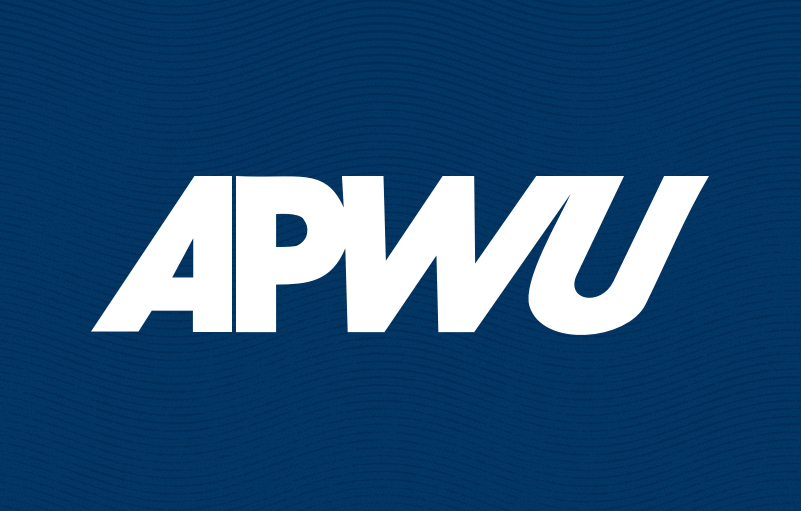March 1, 2021
Vaccination Health
(This article first appeared in the March/April 2021 issue of the American Postal Worker magazine)
Vaccines are part of a plan for overall optimum health. Unlike most medicines which treat or cure diseases vaccines can prevent them. A vaccine stimulates your immune system to produce antibodies exactly like it would if you were exposed to the disease. The Health Plan covers in-network CDC-endorsed vaccines at 100 percent; making them free for our members.
Childhood vaccinations – When children are vaccinated their immune systems develop infection-fighting antibodies to protect them from contracting the targeted disease if they are exposed to it later in life. The full course of recommended childhood vaccinations largely completed for most children by age 6 not only protects the vaccinated child but also contributes to a larger umbrella of protection known as “herd immunity.” By doing so it helps prevent the spread of disease to those who cannot be vaccinated including newborns who are too young to be vaccinated and people with compromised immune systems who cannot effectively develop antibodies to fend off disease.
Shingles – Shingles is a viral infection that causes a painful rash. Although shingles can occur anywhere on your body it most often appears as a single stripe of blisters that wraps around either the left or the right side of your torso. Shingles is caused by the varicella-zoster virus – the same virus that causes chickenpox. After you have had chickenpox the virus lies inactive in the nerve tissue near your spinal cord and brain. Years later the virus may reactivate as shingles. While shingles is not a life-threatening condition it can be very painful. Vaccines can help reduce the risk of shingles. Risk factors for the vaccine include: being older than 50 having certain diseases such as HIV/AIDS and cancer undergoing cancer treatment and taking certain medication. People looking to receive the shingles vaccine now have two options Shingrix or Zostavax. Talk with your doctor about your vaccination options.
Pneumonia – Pneumonia is an infection that inflames the air sacs in one or both lungs. The air sacs may fill with fluid or pus (purulent material) causing a cough with phlegm or pus fever chills and difficulty breathing. A variety of organisms including bacteria viruses and fungi can cause pneumonia. Vaccines are available to prevent some types of pneumonia. Talk with your doctor about getting these shots. The vaccination guidelines have changed over time so make sure to review your vaccination status with your doctor even if you recall previously receiving a pneumonia vaccine.
COVID-19 – The COVID-19 pandemic continues to rapidly evolve. The CDC has issued guidance to wear a mask stay 6 feet apart from others and avoid crowds. Now vaccines are available in limited supply. Contact your local health department to see when you would be eligible. With most COVID-19 vaccines you will need two shots for them to work. Ask your health care provider about getting started with V-safe a free smartphonebased tool that uses text messaging and web surveys to provide personalized health check-ins after you receive a COVID-19 vaccination. V-safe also reminds you to get your second dose if you need one.
In an ongoing effort to partner with and provide education to our members visit apwuhp.com and click on COVID-19 for further information. For further information please go to: cdc.gov niaid.nih.gov mayoclinic.org.
Sign up for News



